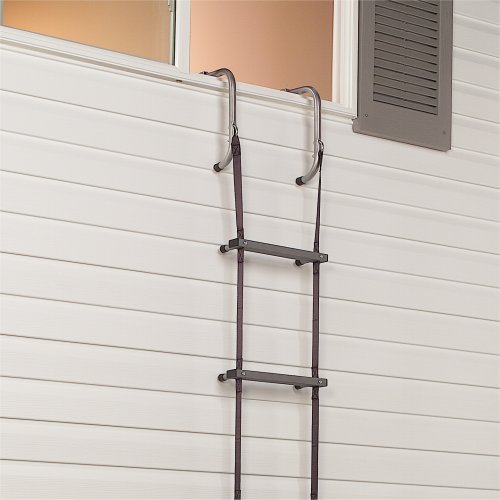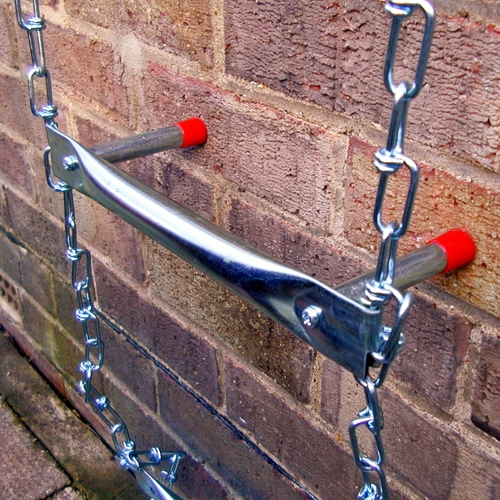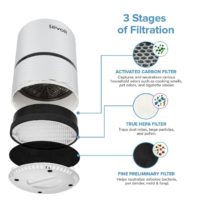Fire has been used by mankind for thousands of years. Curiously, man has experimented to understand this mystery of burning flames.
Various groups, from scientific communities to firefighter and fire prevention organizations agree on the fact that fire has different stages. One such organization is the International Fire Service Training Association, established in 1930s.
Namely:
- incipient
- growth
- fully developed
- decay
Before we share details on each of these stages, let me remind you that fire is a common hazard at home. When uncontrolled, damage to property and sometimes injuries or loss of life has been reported.
I am a strong advocate of prevention rather than reactive response. That means that education and human behavior that drive human activity are very important.
Secondly, investing in smoke detectors that alert you in case of fire is a wise decision. Do not say you were not told!
The awareness of the four stages of fire gives you a chance to make correct judgements and predictions. This is a must have knowledge for firefighters.

The Four Stages of Fire
The Incipient Stage of Fire
Common knowledge has it that for a fire to start, three things must be present. That is oxygen, fuel and a source of ignition. Once combustion is attained, the heat generated warms the fuel and the process of fire growth is imminent.
The flames keep reaching higher and in no time, they devour the ceiling. The volume of the fire expands and with more oxygen the fire is ready to grow much faster.
It is also possible that the fire may go out on its own at this stage. Of course this depends on factors that affect oxygen or the material under fire.
Characteristics:
- Fire is small
- Less smoke hindering visibility and breathing
- Low temperatures around the fire
- Enough to trigger the smoke detectors if present
What you should do
- Put out the fire using either an extinguisher or a fire blanket (you should be trained to use these items)
- In case you are not sure what to do or cannot suppress the fire, run for dear life
- Call for help, for example the fire brigade
The Growth Stage
The rising temperature of the objects or fuel together with the enriching oxygen make this stage possible.
The transition from incipient to growth happens very fast. As a matter of fact, fire doubles in size every 30 seconds if all the 3 elements in a fire triangle are present.
On the other hand the hot air around the fire expands and hence if the fire was in a room or confined space, pressure will build up. This pressure tends to push the fire beyond its current spot.
If there are other combustible materials in the path of the fire, they are ignited by the advancing flame.
This is the shortest stage of the fire.
Characteristics:
- The area around the fire has significant temperature increase
- Smoke is noticeable on top of the fire and visibility and breathing begins to deteriorate.
- Surfaces start to darken, and change color and windows may break due to high temperatures and pressure.
- Fire sustains itself
- Fire spreads to places beyond where it started
What you should do
- The environment is risky, and you must evacuate out of the building immediately. If the normal escape route is unsafe, use an emergency evacuation ladder.
- Call the fire emergency support services in your area
- Do not go back in the house
- Follow your fire emergency plan
The Fully Developed Stage
In this stage, the total surfaces are on flames. There is significant heat energy contained in the burning material. For instance, temperatures may reach up to 1000 degrees celsius.
Hot gases and flames exit through the windows, doors and other openings.
It is possible to have a fully developed fire in one area while in another part an incipient fire.
A smoke detector should be able to warn you while fire is in the incipient stage. That is the purpose, since conditions become too dangerous after this stage.
A fire suppression system, for example a sprinkler system would easily put out fire at this early stage too.
Characteristics:
- Fire is at its hottest
- The fire is very intense
What you should do:
- Stay away from the fire
- Even firefighters fight the fire from a safe span
- Ensure no new combustible material is brought in
The Decay Stage of Fire
Fire enters this stage by either depleting the available fuel or due to insufficient oxygen. At this stage too, conditions are still dangerous for humans or first responders because of the accumulated heat and potential presence of carbon monoxide.
There may be reignition if either fuel or oxygen is reintroduced.
The decay stage is the longest is the longest phase of a fire and may last to weeks depending on the magnitude of the fire.
What you should do:
- Ensure no new materials that can ignite are in the vicinity of the decaying fire.
- Stay away from areas with decaying fire as there are many health hazards including dangerous gases such as carbon monoxide.
- Do not enter buildings that have decaying fire since the structural integrity may be compromised
- Keep your pets and animals away
The stages of a fire are key to assessing the risk a fire posse to both the first responders and those involved. As well, it helps in establishing the best strategy to put out the fire.
Experts can also be able to predict the behavior of the fire.
In between the incipient and growth stage, some of the fires may experience what is popularly known as a flashover.
The flashover is fostered by a significant amount of heat energy release sponsoring a spontaneous ignition of fuel around.
Notably, due to the excessive heat generated, the fuel may reach ignition temperature at the same time causing a sudden explosion.
The fire may consume an entire space instantaneously.
Here are some of the ways a fire could start:
- A candle may fall over a wooden table.
- An electrical fault or arc may cause the adjacent material to start burning.
- The dry leaves in the backyard may start a fire in areas prone to wildfires due to the advancing flame front.
- A cigarette may fall over combustible materials thus starting fire
- Children playing with fireworks may start fire accidentally
Final Verdict
Safety is number one and hence engaging professionals such as your local fire brigade is highly recommended.
Largely ignored is the periodic maintenance and inspection of your smoke detectors as well as other fire protection systems.
This equipment is vital in response in case of a fire incidence.
Fire is as a result of a chemical reaction and the process can be slowed or stopped by using appropriate techniques.

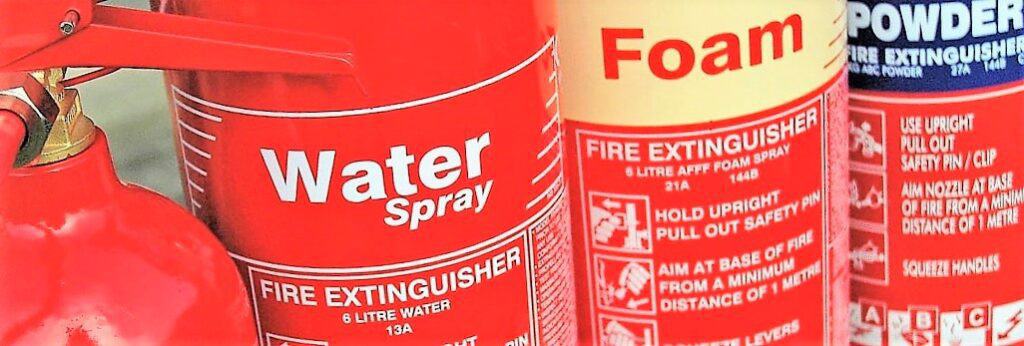
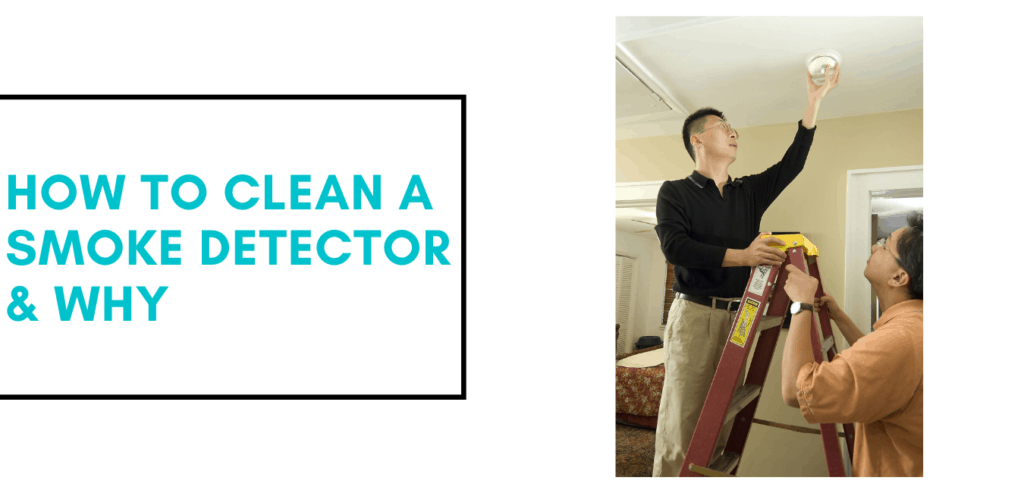

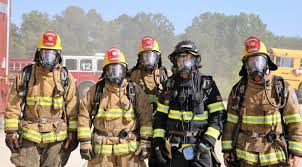
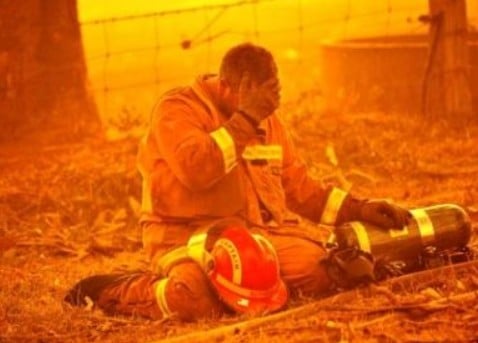
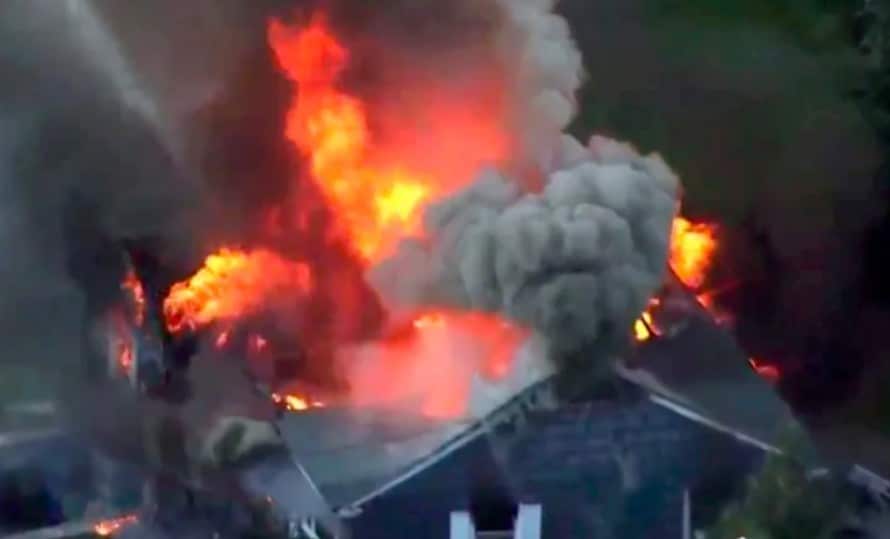
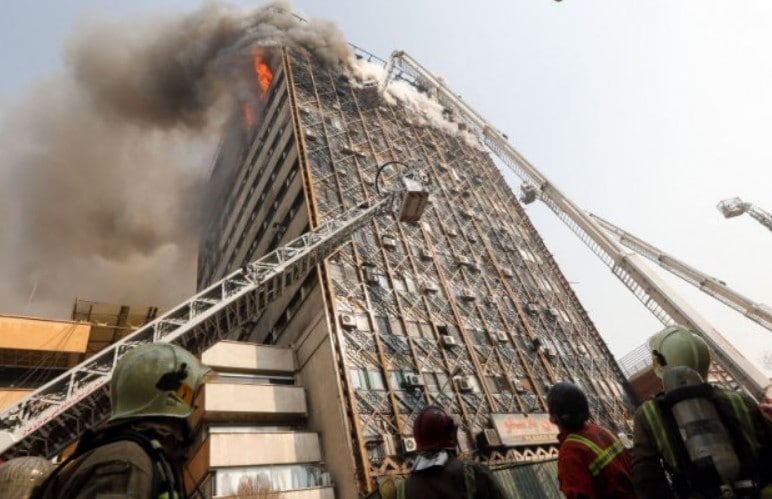
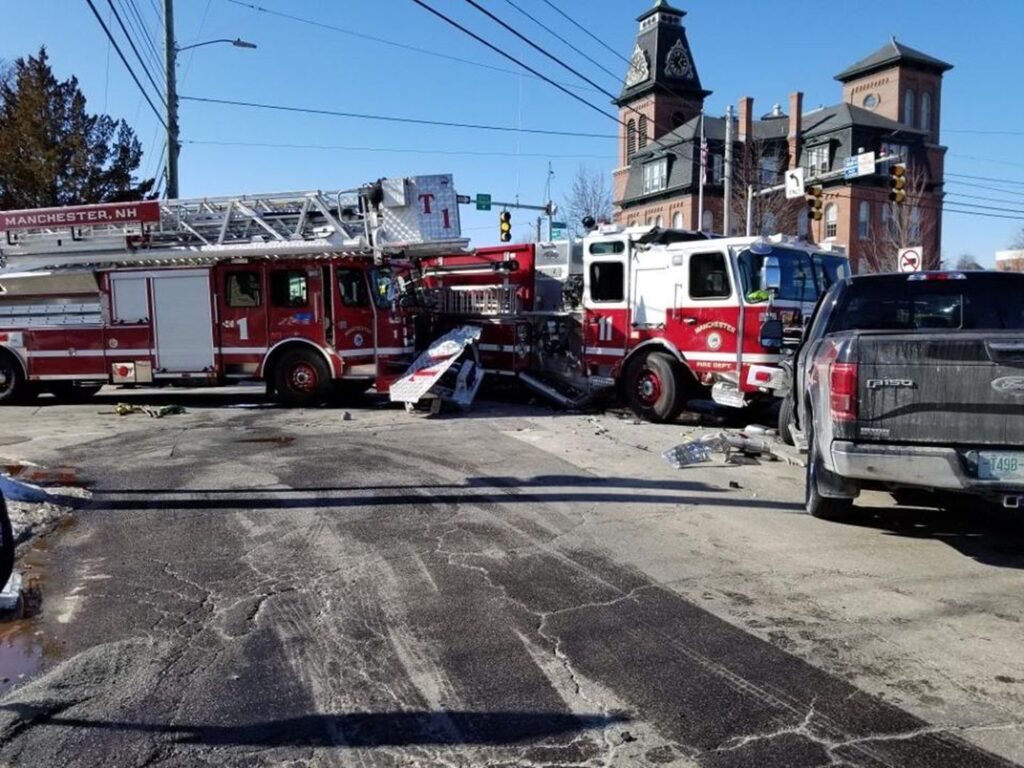
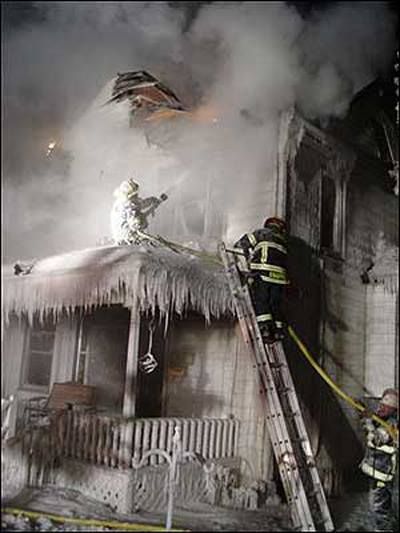
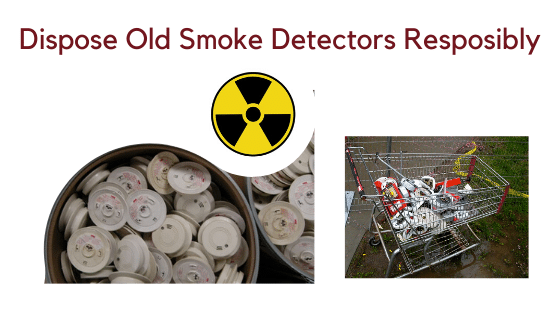
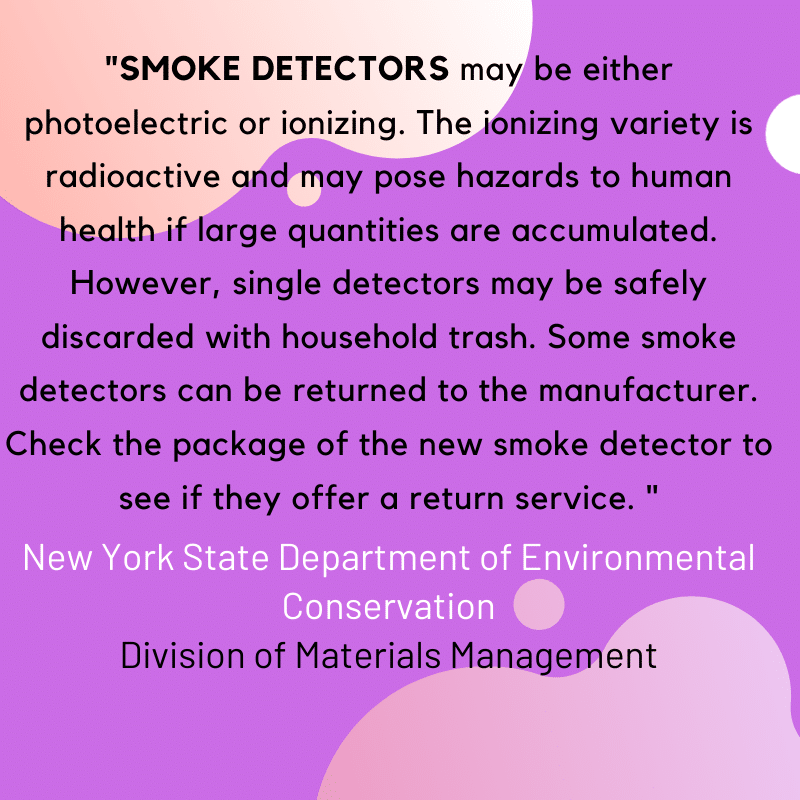
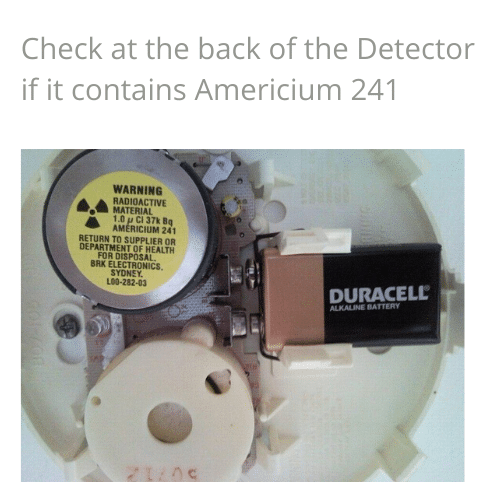

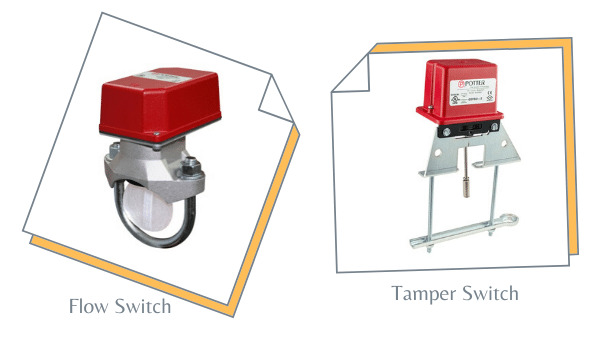
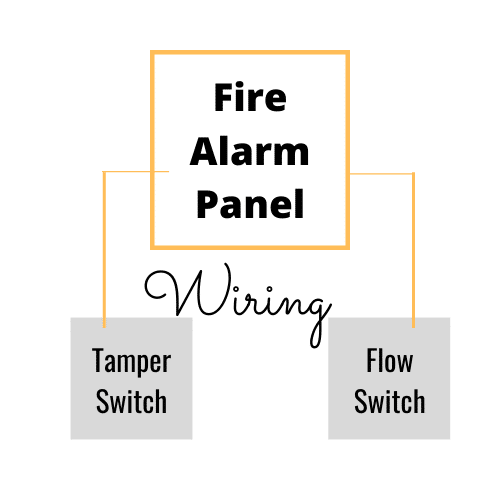
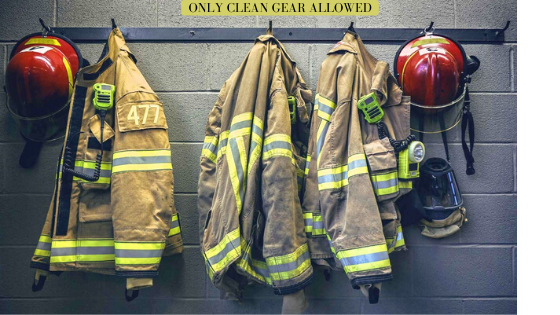

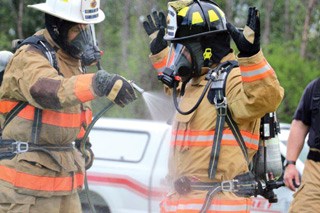

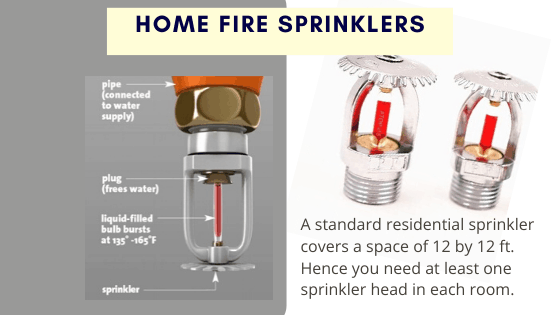
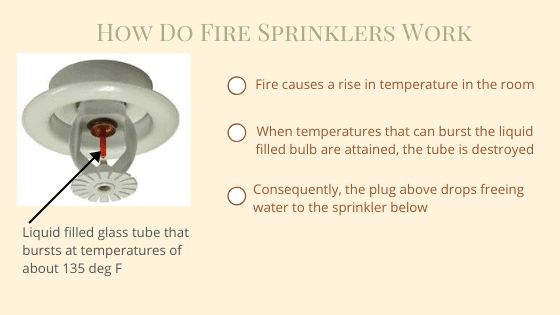
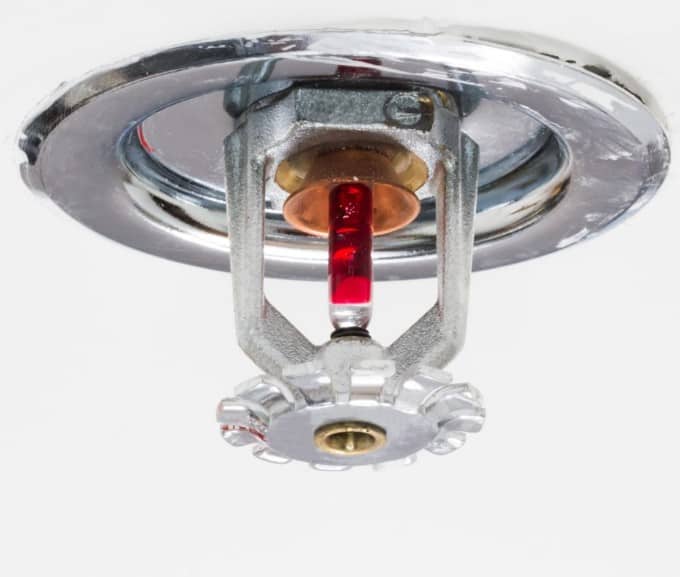
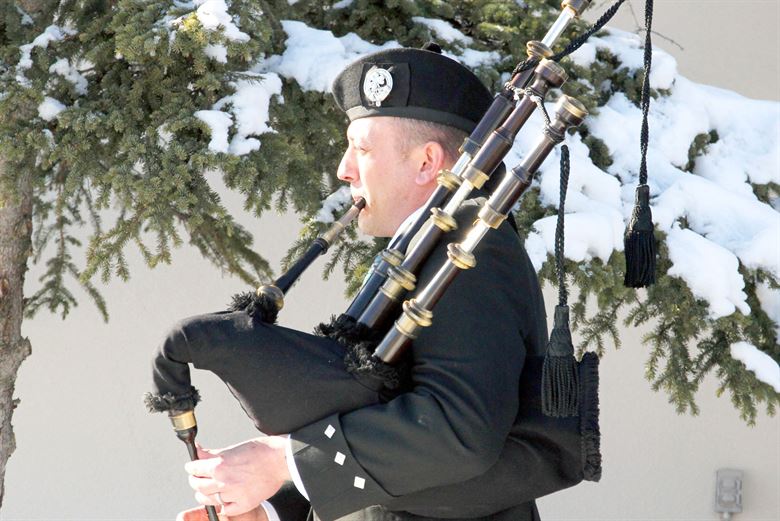

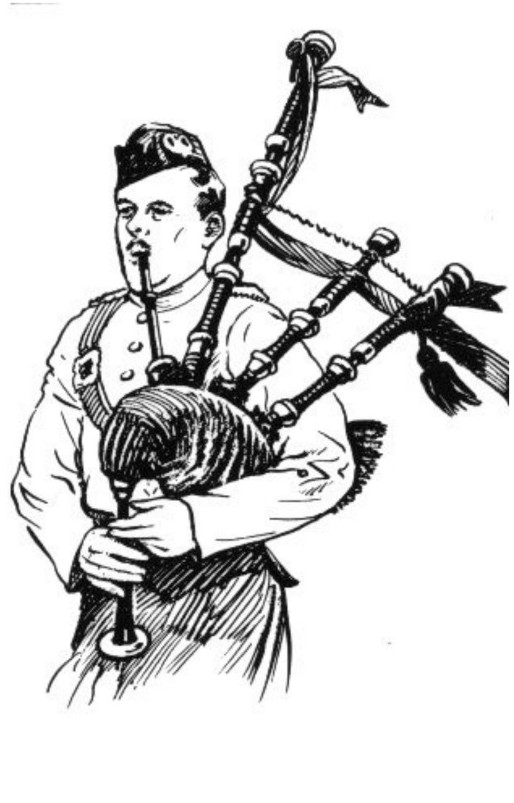
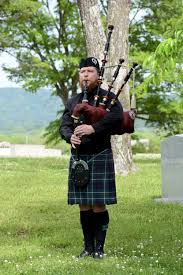
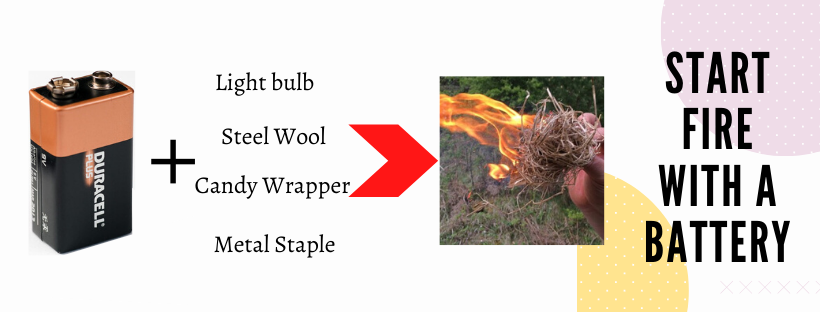
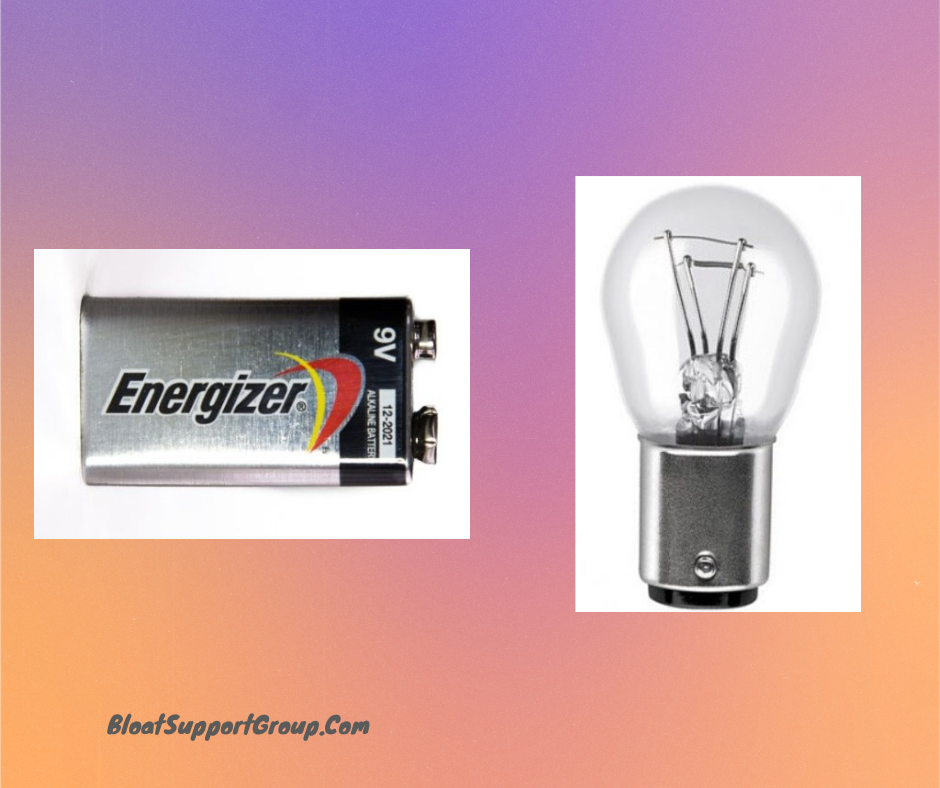
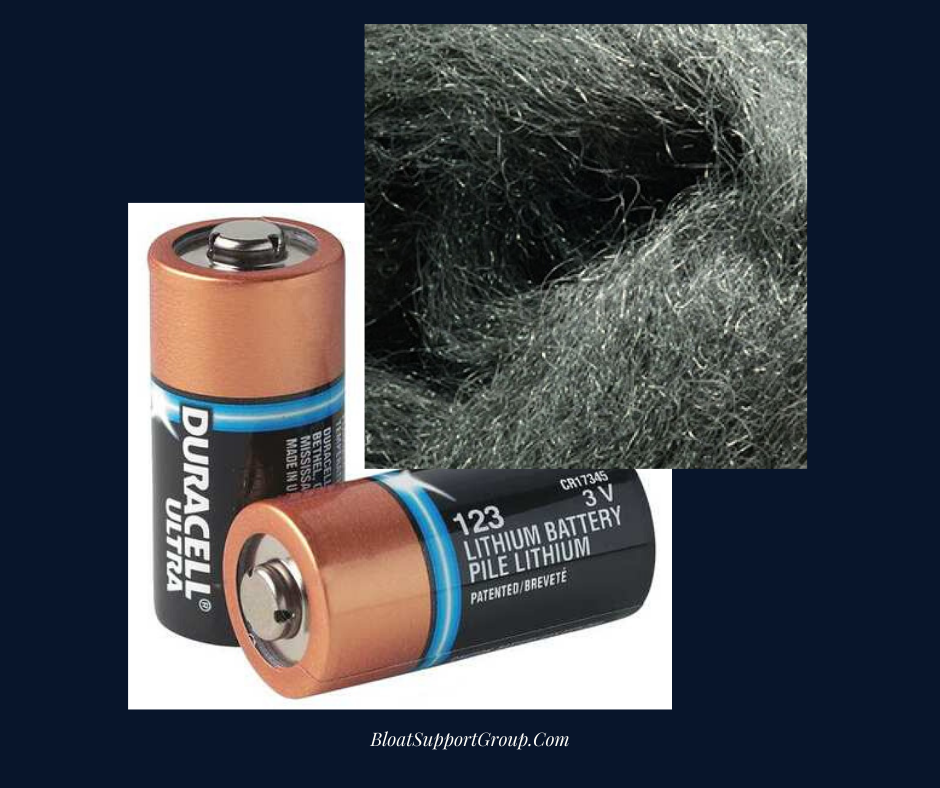
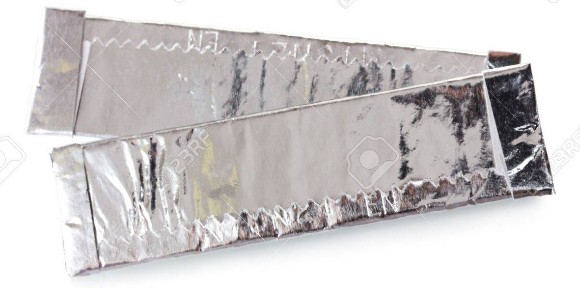


![Best Emergency Fire Escape Ladder [Complete Buyers Guide]](https://www.bloatsupportgroup.com/wp-content/uploads/2019/09/Fire-Emergency-Escape-Ladder-200x200.jpg)
